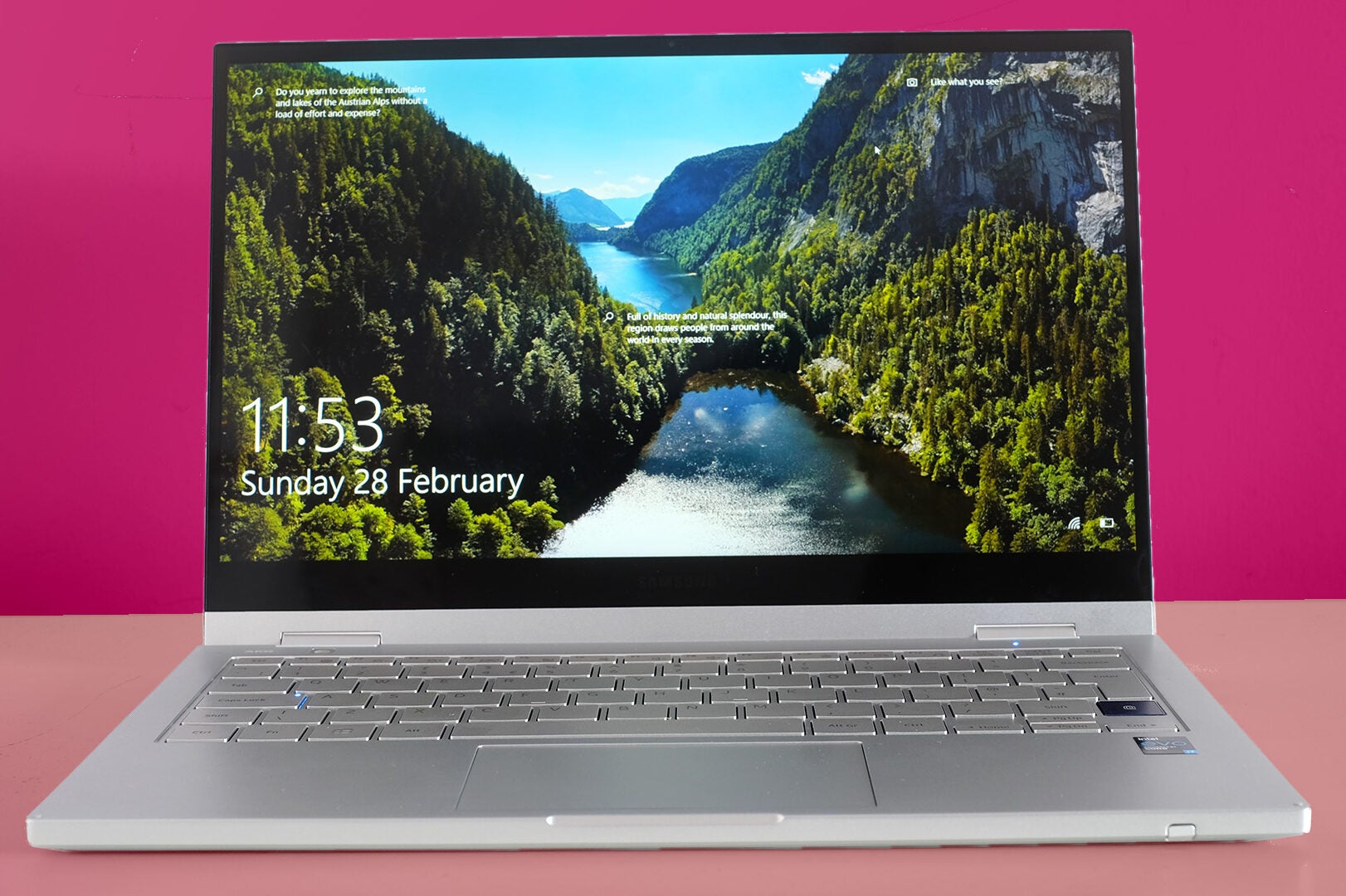How much RAM does your Android phone really need? We explain everything you need to know.
The Mobile RAM memory It has become one of the most studied aspects when deciding to buy a new mobile and no less. As mobile operating systems have evolved, and applications have become increasingly complex and resource-hungry pieces of software, RAM has become a defining factor, where everything — or almost everything — the world pays attention to when buying a terminal but, Is it really that important?
There are many unknowns surrounding RAM memory in our mobile devices. Hence, our objective Clear key doubts and answer big questions about RAM.

Thanks to the RAM memory, you can keep apps open in the background and come back to them at any time
What is RAM memory and what is it used for?
Before delving into the answers to some key questions, it must be understood What it really is This is the element that every smartphone in the market includes. The Random access memory o RAM memory — for its acronym in English — is a type of memory that devices — be it mobiles, tablets, computers or smart TVs, among others — use. Store data needed in the short term.
The RAM is super fast memorySince it has to do both reading and writing in an almost instantaneous manner, something that would be impossible if another type of memory were used, such as the one used by the device as internal storage. In addition, regardless of the location you want to read or write to, they are called “random access” memories. The waiting time will be the same without using a sequential access mode.
Sequential vs random access, what’s the difference? | When we talk about sequential access implemented in computing, we are talking about a type of access that follows a predetermined sequence when accessing elements before they are read or written to memory. It is a slower type of access than random access, because to reach a particular point in memory, it must go through previous elements.
In our Android phones or tablets, RAM memory works as follows: The operating system –more specifically, the kernel– is responsible for managing access to RAM memory by applications and other system components, so that they Read or write Only when the kernel allows it. So, this app can Store data temporarilywhich can be accessed instantly when needed.
This, translated to the use we put our devices to on a daily basis, means once the operating system, its processes and other components Part of RAM is used They need to work, the remaining space is left free Applications may store data. If the mobile is switched off and on again, If RAM memory is free And the process begins again, with applications the struggle to try to occupy its location in RAM memory.
[texto-destacado]Unlike internal storage, RAM memory is “cleaned” every time we restart the mobile.[/texto-destacado]
It should also be taken into account that, like the vast majority of modern operating systems, Android includes integrated RAM memory management, which is responsible for dynamically allocating RAM memory free space as required by different applications, until all available space is completed to take full advantage of our device’s RAM memory capacity. Hence, it is commonly called In Android, unused RAM is wasted RAMAnd manually closing apps to save memory is not a recommended practice.
What does it mean that your mobile has 2/4/6/8 GB RAM?

From the RAM module to the computer
Now that the most basic concepts of how RAM memory works are clear, one of the most frequently asked questions by smartphone users needs to be answered: What does it mean that my mobile has 2, 4, 6 or 12 GB of RAM?.
We have already explained that RAM memory is like any other memory, distinguished from the rest by the type of access — random — and speed — which, however, Measured in MHz— therefore, as happens with the rest of memories, one of its most important features is powerWhich is the aspect mentioned by this GB that I was talking about earlier.
The fact that your mobile has a certain amount of RAM, means both applications and the operating system only They have more or less space when it comes to storing their data to access them later, as those phones with more RAM allow Keep more apps in the background . On the other hand, if the memory capacity decreases, only a few applications will be able to save data — the system reserves space for its processes, which apps cannot occupy–, so Data must be loaded from scratch each time it is executedAnd so access them It will be slow.
As we have changed | The HTC Dream was the first Android in history to hit the market and had 192 MB of RAM. Today, there are already phones like the ASUS ROG Phone 3 with 16 GB of RAM, or similar, 84 times more than the HTC model.
if An app or a solicitation RAM process in the operating systemBut due to low memory capacity no space is available, The kernel will be forced to free memory using a technique known as swap. It may also be the case that Kernel have to do Kill a process is stored in memory to make room for a new one. These calculations are based on various factors, viz Elapsed time since opening the app which remains in the background, so that the event of finishing the process to make room for another does not affect the normal functioning of the device too much.
Swap, technique that uses internal memory as RAM when we talk swap, we mention a technique based on using free space to store temporary data on the hard drive, thus reducing the use of RAM. On Android, this data must be compressed before being stored on disk and decompressed before being accessed.
Of course, Android also has the potential Free up RAM manually. By doing this, we can kill processes that keep applications open so they can be accessed as quickly as possible, thus leaving room for new processes. However, as I said before, it’s usually good Let the operating system itself manage memory usage As you see fit.
More RAM is always better, is it really?

The Samsung Galaxy S20 Ultra is one of the phones with the most RAM in the market
Related to another one of the most widespread doubts among smartphone users How much RAM does an Android phone need to work well?. Considering the above, it will be easy to conclude The more RAM, the better. But the reality is not so simple.
As with any component integrated into the device, RAM memory chip power consumptionAnd as memory capacity increases, the cost increases, as more work is done. Refresh cycle. Park Joo Hyung, one of the developers of the Paranoid Android ROM platform, explained it this way:
Higher RAM capacity increases power consumption due to refresh cycles, so bigger is not always better.
I’m not familiar with how RAM Boost works in OxygenOS, but if it’s done correctly (like how Google pins files related to various system services to RAM), it might make sense. https://t.co/UAABluaBb9
— Park Joo Hyung (@arter97) May 21, 2019
In addition, it needs to be taken into account, though Applications consume more and more RAM Among our devices, there are still some that cross the 1 GB mark A Table created by Android Authority See how simple applications like WhatsApp or Spotify rarely exceed 300 MB, while heavy games like PUBG Mobile reach figures closer to 1.15 GB.
How do I know how much RAM memory my mobile has? |: Virtually all smartphones in the market reflect the amount of RAM they include However, you can check your mobile’s memory, as well as occupied and available space, by accessing your mobile’s developer options within the “Memory Usage” section.
Taking all this into account, it’s good Find an image that suits our mobile usage styleAlways remember that today, 8 GB RAM An image that has been proven to be capable Provide good performance Mid-range and high-end terminals alike. So, if you are one of those who spend hours playing the most resource-demanding titles, or you use your mobile or tablet almost as a computer substitute and multitasking is the most important thing. Choose a mobile with 12 GB RAM On the other hand, to be a good idea, if you don’t usually play and the number of applications you use simultaneously is not too demanding, 8 GB should be more than enough.
Types of RAM and their differences
Similarly, there are different types of cameras, processors or screens, We can find different types of RAM in the market, which are usually different from each other Its speed and power efficiency.
Today, Android is the most common type of smartphone we can find Memory RAM LPDDR4Xwhere LP means low powerand refers to DDR4 Double data rate o Double data transmission speed, while the number corresponds to version 4. Finally, the X indicates that this is a derivative version of LPDDR4 technology.
This type of memory offers Data transfer rate up to 4.266 Mbps, similar to LPDDR4 technology, although it supports capacities from 8 GB to 96 GB, a significant increase over LPDDR4 technology’s maximum limit of 32 GB. Additionally, it is based on a single 16-bit channel, and they are manufactured in a 14-nanometer format.

LPDDR5, a recent type of memory that we can find in our smartphones
But two years after the launch of LPDDR4X, a new technology has arrived that this year we began to see the first terminals, such as the OnePlus 8 Pro or the Galaxy S20 Ultra, however, the two largest mobile memory capacity market RAM. about it LPDDR5 technology, faster thanks to speeds of up to 6,400 Mbps which translates to transfers of over 50 GB per second, improving efficiency, reducing energy consumption by up to 30%. Today, this type of memory is not very widespread in smartphones, although it is expected to gain ground in the coming years.
The most RAM mobile in the market
As application requirements and user demands evolve and grow, Manufacturers have chosen to equip their phones with increasing capacities of RAM. This is currently something Mobiles with more RAM can be bought Some of the major brands are:













